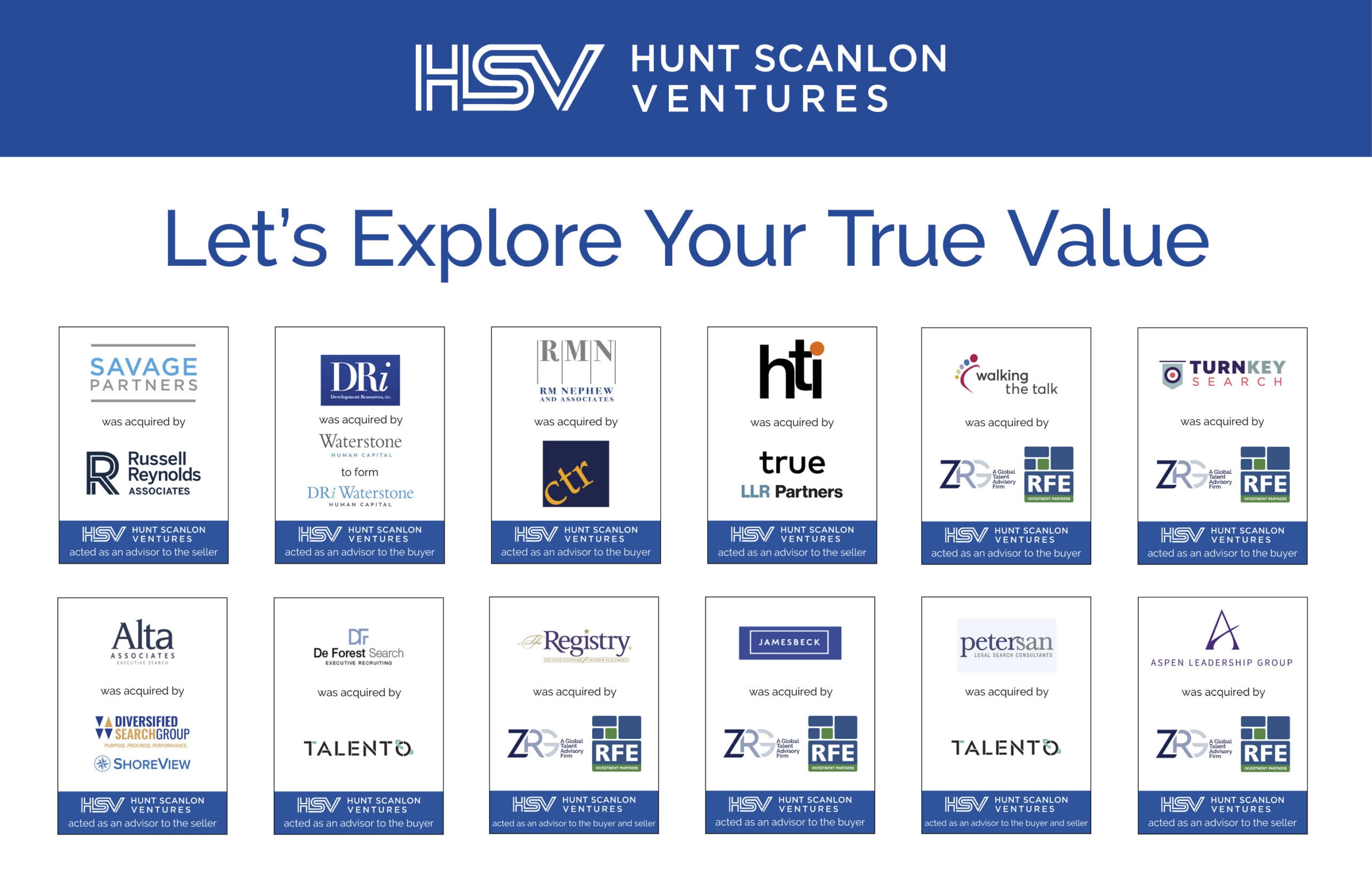Richard Stein, managing director at search firm Sheffield Haworth, understands the true value of human capital in the M&A process. In a newly published report, The Roadmap for Human Due Diligence, Richard makes his case for the forensic evaluation – and sheer importance – of the ‘human capital’ involved in a deal. He then provides an overview of the methodology behind maximizing this value.
In his view, the risks of foregoing an in-depth human due diligence process can be severe. In an environment where successful M&A is no cinch, nothing can be left to chance. Bain & Company surveyed managers involved in 40 M&A deals. In 15 that Bain classified as “successful,” almost 90% of the acquirers reported identifying essential talent for retention during due diligence, typically before the deal had closed. In the remaining unsuccessful deals, acquirers did not identify essential talent.
While these statistics make the value of retaining essential talent clear, good human due diligence identifies more than just key people. For example, it’s important for acquirers to have an accurate assessment of cultural fit.
“Cultural mismatch can generate friction that holds back integration in a combined organization and hinders productivity,” said Scott A. Scanlon, CEO of Hunt Scanlon Ventures. When culture isn’t accurately assessed, the results can skew. Data from 1,400 M&A deals, collected by Mercer, concluded that cultural issues were the reason that 420 of them, or 30%, failed to meet their financial targets.
Getting human due diligence right, then, is critical in M&A. With the help of Richard Stein, Sheffield Haworth has created a roadmap they call “talent intelligence.” Customized to fit into an M&A process, talent intelligence can identify deficiencies in human capital that put deal value at risk.
“Talent intelligence brings rigor to the human due diligence process,” said Mr. Scanlon. “It helps all parties avoid the temptation to confirmation bias and illuminates the blind spots that can make good deals go bad.”
Below are excerpts from a recent discussion with Richard Stein that we think you will find insightful. The interview has been edited for length and clarity.
Richard, define talent intelligence.
Talent intelligence provides valuable insights to any business going through an M&A process by helping dealmakers on both sides identify individuals with high potential within an organization. By leveraging data-driven assessments, performance metrics, and leadership potential evaluations, talent intelligence helps pinpoint employees who possess the necessary skills, competencies, and cultural alignment for future leadership roles. When we speak about value creation in the M&A process, it begins here. Proactively identifying these high-potential candidates forms the foundation of effective succession planning. Talent intelligence equips organizations with the knowledge to gain a competitive advantage, helping them make informed decisions about executive talent acquisition and retention strategies.
“By leveraging data-driven assessments, performance metrics, and leadership potential evaluations, talent intelligence helps pinpoint employees who possess the necessary skills, competencies, and cultural alignment for future leadership roles.”
This comes down to data analytics, right?
Yes. Identifying talent trends and market insights is a key part of talent intelligence. Data analytics allows organizations to gain valuable insights into talent trends and market dynamics. This information helps them stay ahead of the curve, adapt their talent acquisition strategies, and attract top candidates in a competitive market.
Why is talent intelligence important in the M&A deal timeline?
M&A activity is typically complex, high value and long-term in nature. It is therefore vital that both buyer and seller understand the full range of obligations, liabilities, risks, and opportunities inherent in any M&A activity – and that they do so before finalizing a merger or acquisition This presents an immediate hurdle, because the viability of any potential merger or acquisition depends on the quality of information that informs the decision to proceed. Complete information gathering and analysis are crucial, and both directly impact the future success of any deal. Only with the right information and insights can stakeholders make informed decisions, based on a sound understanding of the full spectrum of potential risks and opportunities that exist prior to entering into an agreement.
McKinsey’s research has revealed that CEO over-performance in PE portfolio companies is a value lever yet to be maximized. How do you view their work in relation to your own?
You are right. McKinsey’s research has taken a hard look at CEO over-performance as a value driver that we are all just beginning to fully understand. McKinsey’s work as a strategy firm is unparalleled and Hunt Scanlon has clearly had the inside track examining this in detail. My focus is more on people analytics and people science with a heavy component on primary research rather than syndicated surveys. My work is just in time and up to the minute. Much of it is forward looking and treats the data I look at as an enterprise asset more than anything else. It is corroborated by those in the belly of the market who speak to its forensic accuracy. It is also achieved completely under the radar screen.
“Organizational design, therefore, is always critical in the early stages of merger planning, but companies often sidestep the critical and urgent cultural differences because it is too contentious.”
There will always be some adaptation after a merger, so how important is adaptability in your cultural accounting process?
Adaptability and resilience are key. M&A creates a lot of organizational anxiety about the future: In most cases, the operating model and culture will change dramatically for one or both merging companies. One challenge is leadership’s tendency to focus mostly on changes that would directly help to capture a deal’s value targets while largely ignoring those required to maintain and enhance the company’s ongoing day to day. Organizational design, therefore, is always critical in the early stages of merger planning, but companies often sidestep the critical and urgent cultural differences because it is too contentious. Assessments form the bedrock of potential success or failure in this regard.
Can the value found in culture and the value found in the talents of individuals be accounted for as separate assets?
It is very hard to separate them, especially at the C-suite level. Many people have long believed it is better to act colorblind and/or “cultureblind”— that is, to not acknowledge color or culture. But research has shown that this artificial blindness keeps us from recognizing, acknowledging, and appreciating important differences. Worse, it may lead to unintentional bias toward or disrespect for those who are different from us.
Article By

Caleb Edmundson
Caleb A. Edmundson is Editor-in-Chief of ExitUp, the investment blog from Hunt Scanlon Ventures designed for professionals across the human capital M&A sector. Caleb serves as an Associate for Hunt Scanlon Ventures, providing robust industry research to support the firm’s investment group. Connect with Caleb.





